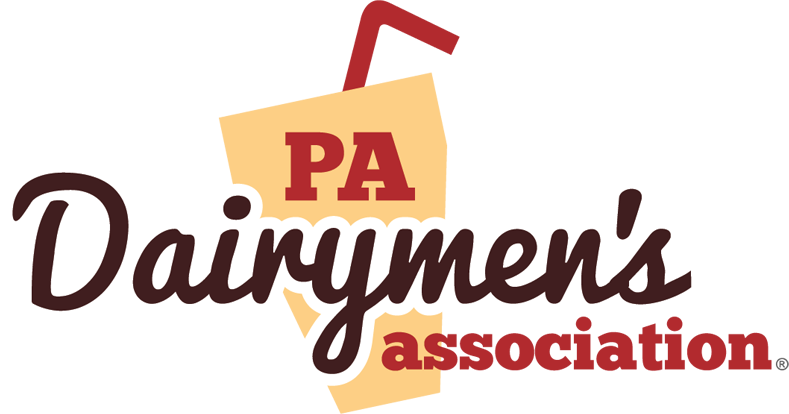
Guest blogger, Katelyn Taylor, is the 2020-2021 Lycoming County Dairy Princess
Have you ever felt as though choosing a dairy food that is the best option for you is often overwhelming? You are not alone!
The dairy industry has worked hard to offer many different options to meet each person’s needs and tastes. One of the largest concerns we as dairy princesses hear about is the difference between organic and conventional dairy foods. When it comes to milk, many wonder what is the best choice: skim, 1%, 2%, or whole milk? Below, I’ll discuss some of the differences and benefits of some of these popular options, but rest assured, that no matter which product you choose, all dairy foods are all packed with over 9 essential nutrients.
Organic vs. Conventional
When discussing organic versus conventional dairy foods, it’s important to note that there is no difference in the health benefits or quality of the product. They are nutritionally identical, the difference in the two types comes from the how the dairy farmer manages the cows and the land.
Organic milk comes from cows that are required to be on pasture for 120 days a year, consume feeds from already organic fields and are not allowed to be given certain medications (no medications given are impacting the quality of milk, as farmers must follow a strict withhold period preventing animals who have been treated for various diseases to have their milk taken for consumption).
A major difference between the organic and conventional milk is the shelf life. Organic milk goes through a pasteurization process known as ultra-high temperature at an astonishing 280℉ for a short 2-4 seconds. Conventional milk on the other hand in pasteurized for over 15 seconds at 160℉. The difference is due to the distance that organic milk must travel between the farm and the grocery store. Conventional milk is a much larger supply making the distance that it must travel much shorter.
Milk Fats
Once you have chosen conventional or organic milk, you must decide whether you are interested in skim, 1%, 2% or whole milk. According to Undeniably Dairy:
- Skim milk contains no fat, 8 grams of protein and 80 calories
- 1% milk has 2.5 grams of fat, 8 grams of protein and has 100 calories per serving
- 2% milk has 5 grams of fat, 8 grams of protein and has 120 calories
- Whole milk has 8 grams of fat, 8 grams of protein and has 150 calories
A large majority of families choose conventional whole milk due to the amount of quality fat for body development. No matter what you choose, all four of these options contain the same amount of quality nutrients and have been produced from well-cared for animals.
No matter the farmers farming practice, I assure you farmers work hard every day in order to provide high-quality milk and dairy foods for you and your family to enjoy. No matter whether you choose to purchase organic or conventional milk, know that all milk is tested numerous times to ensure its quality. Milk is tested 17 times from the time it leaves the cows until the time it reaches your kitchen table.
Keep choosing MILK, nature’s most nearly perfect beverage!
Resources:
